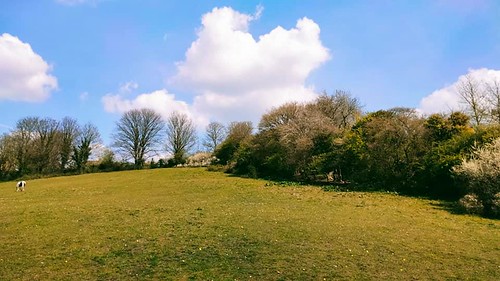Last night the Reverend Rees delivered his final State of the City speech from the University of Bristol’s shithouse Wills Building. Here’s a response:
Marvin, your State of the City speech seems to be a list of things that haven’t been delivered or resolved in your time in office.
Most of the key infrastructure projects that previous Labour council’s failed to invest in remain uninvested in but with a tab left to be picked up by the next administration.
There’s no funded mass transit proposal. It’s stalemated due to a lack of agreement between two bickering Labour Mayors who have prioritised their own personal animosity and egos above the needs of the city and region.
The city continues to have deep divisions along race and class lines despite all the talk about diversity, equity and inclusion and tackling the “issues”. Where are the measurable outcomes showing improvement?
But then you did watch the Colston statue come down and spot a self promotional media opportunity rather than a chance to trigger a real attempt to tackle the city’s long standing divisions.
Congratulations Marvin, you built some homes (the vast majority at market rates with many being bought by private landlords) and yet still managed to miss every housing target you set yourself.
The housing waiting list has increased to 20,000 families. The highest it has ever been, despite officers actively discouraging residents from going on the list “because it’s a waste of time”.
Homelessness remains noticeably present everywhere, except, maybe, in the Bearpit, despite your promise to solve it.
The vast majority of the 14,000 homes with planning permission are not being built and you try to blame a minority opposition party for this failure to deliver.
Still no arena, public or privately funded, anywhere. And tens of millions in public funds sunk into an elitist city centre cultural venue because of a binding legal contract signed on your watch. All while deprived suburbs lose community/cultural facilities.
City Leap has potential but so far isn’t unlocking any private investment and is falling behind its real investment plan, never mind this unsubstantiated £1bn you constantly quote at the press.
Goram Homes also has some potential but your planning delays means it’s falling massively behind schedule.
Bristol Waste is a basketcase with a revolving door board of directors. A direct result of poor corporate oversight. Your political interference in its business planning, meanwhile, has undermined any efforts to reduce costs.
Elsewhere, your council is still complicit in developing SNCIs despite declaring an ‘Ecological Emergency’ and creating plenty of photo-ops of Labour politicians standing in fields saying how important green spaces are.
There’s still no real plan for achieving net zero despite declaring a ‘Climate Emergency’.
Then there’s the poorly implemented CAZ, almost as if it was designed to fail and disrupt.
You are creating only one Liveable Neighbourhood and this is being poorly implemented and poorly consulted on with middle class neighbourhoods getting disproportionate input while poorer neighbourhoods are ignored.
Local CiL projects, especially transport and parks, are not being delivered partly because staff are being taken away to work on “headline grabbing” strategic projects.
The budget gap is currently larger than the Bundred one under Ferguson and there’s still no realistic plan to address it beyond service reduction and selling off council property.
SEND?!?!! Say no more. Your “Deputy” Mayor hasn’t a clue what she is doing just like the chain of useless Labour education leads before her. Our kids and, increasingly, their parents are paying the price of this serial incompetence.
The Dedicated Schools Grant is effectively in special measures and your administration is just crossing it’s fingers and hoping the government doesn’t pull the plug on this ever growing debt.
Basically Marvin, you have left behind a stinking pile of crap and then have the nerve to lecture the councillors who will have to clear up your shit about how the city should be run!!!
Get da fuck!




